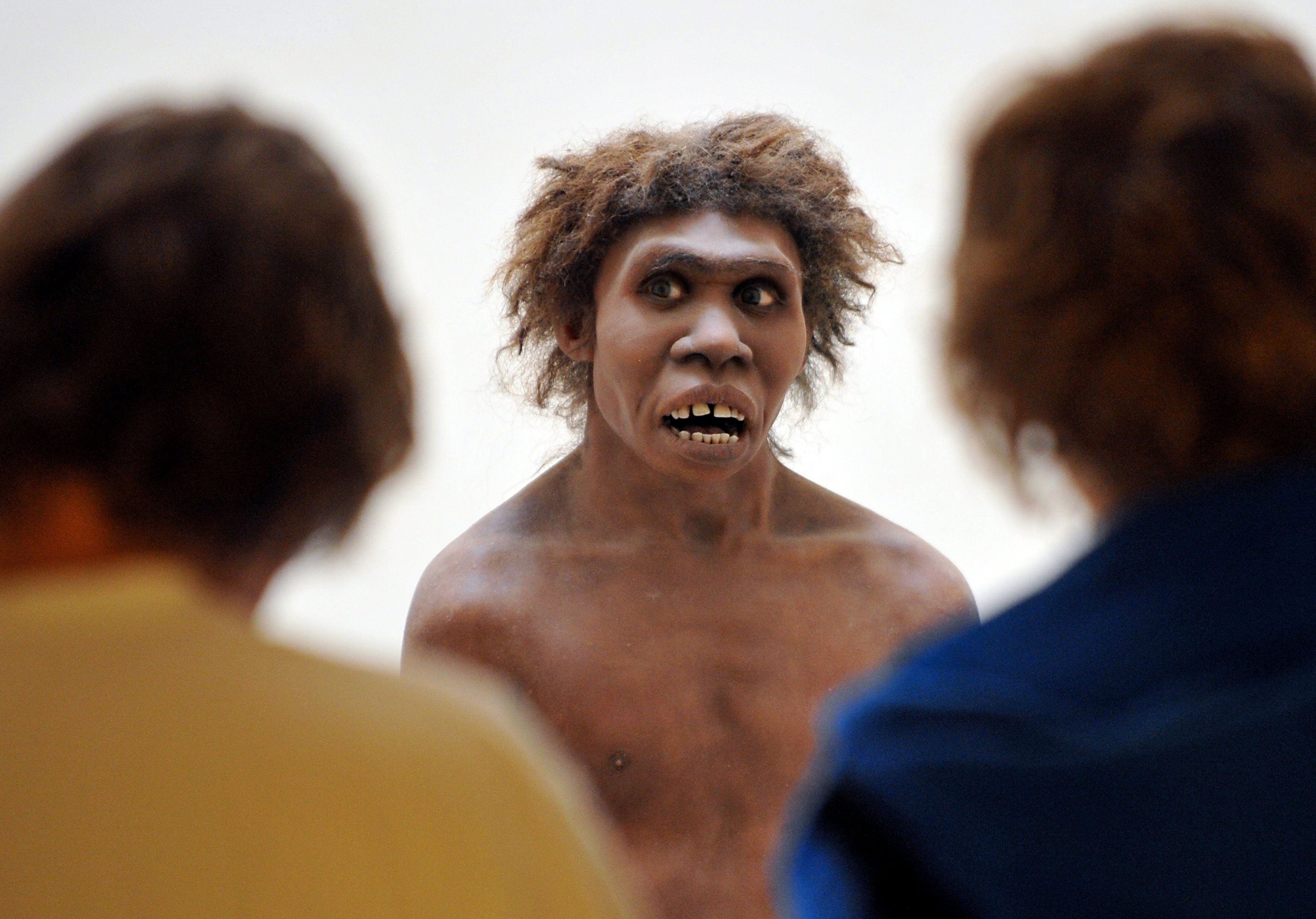The Independent's journalism is supported by our readers. When you purchase through links on our site, we may earn commission.
Neanderthals could hear and produce speech like humans, scientists say
Our closest ancient relatives would have been capable of producing words such as ‘hello’ or ‘ok’, if they had had any meaning to them

Neanderthals possessed the ability to hear and produce speech in a way that closely resembles modern-day humans’, a study has found.
Researchers used high-resolution CT scans to compare virtual 3D models of the ear structures in Homo sapiens and Neanderthals, our closest ancient human relatives, as well as analysing earlier fossils.
They found that far from the traditional notion of caveman grunts, Neanderthals had a similar capacity to produce the sounds of speech as modern humans and their hearing system was also as fine as ours, with ears that were “tuned” to perceive those frequencies.
The study, produced by scientists in Spain and the US, also revealed Neanderthals, like humans, enjoyed a wider auditory bandwidth that allows for a larger number of easily distinguishable acoustic signals to be used in a species’ oral communication system.
“This really is the key,” said Mercedes Conde-Valverde, professor at the Universidad de Alcalá in Spain and lead author of the study.
“The presence of similar hearing abilities, particularly the bandwidth, demonstrates that the Neanderthals possessed a communication system that was as complex and efficient as modern human speech.”
The researchers said that Neanderthals would have been capable of producing words that modern-day humans use, such as “hello” or “ok”, if those words had had any meaning to them.
Modern humans and Neanderthals are species of the same genus – Homo – but had different characteristics. There is evidence that the two interbred to some extent tens of thousands of years ago.
Crucially, the new study suggested Neanderthal speech likely included an increased use of consonants.
Previous work in this area focused on Neanderthals’ capacity to produce vowel sounds.
“We feel this emphasis is misplaced, since the use of consonants is a way to include more information in the vocal signal and it also separates human speech and language from the communication patterns in nearly all other primates,” said Binghamton University anthropology professor Rolf Quam.
“The fact that our study picked up on this is a really interesting aspect of the research and is a novel suggestion regarding the linguistic capacities in our fossil ancestors.”
Those fossils were taken from Atapuerca, near Burgos in northern Spain, where the earliest evidence of humans in western Europe has been found. This included fragments of a jawbone and teeth dating back 1.2 million years.
The change in the auditory capacities in Neanderthals, compared with their ancestors from Atapuerca, supported archaeological evidence pointing to increasingly complex behavioral patterns, including changes in stone tool technology and the domestication of fire.
“These results are particularly gratifying,” said Ignacio Martinez, from Spain’s Universidad de Alcalá.
“We believe, after more than a century of research into this question, that we have provided a conclusive answer to the question of Neanderthal speech capacities.”
Juan Luis Arsuaga, paleontology professor at the Universidad Complutense de Madrid and co-director of excavations at the Atapuerca sites, said the team had been able to answer what was, “for decades, one of the central questions in human evolutionary studies ... whether the human form of communication, spoken language, was also present in any other species of human ancestor, especially the Neanderthals”.
The study, Neanderthals and modern humans had similar auditory and speech capacities, was published in the journal Nature Ecology and Evolution.
Subscribe to Independent Premium to bookmark this article
Want to bookmark your favourite articles and stories to read or reference later? Start your Independent Premium subscription today.

Join our commenting forum
Join thought-provoking conversations, follow other Independent readers and see their replies